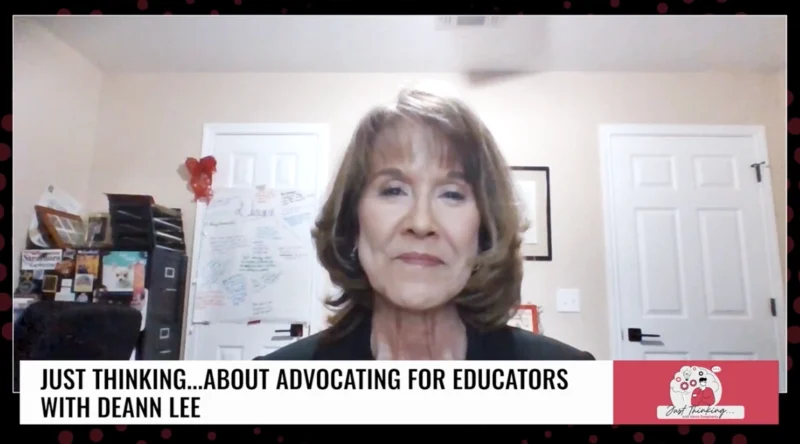Effective Leadership in Education: Strategies for System Improvement and Student Success
When systems underperform, equal access to resources and training for everyone can lead to improvement, emphasizing collaboration and focusing on student results individually. Effective leadership thrives on humility, openness to new ideas, and the ability to pivot away from decisions that aren’t yielding results. Being mature and professional when your ideas are in the minority can lead to them being reconsidered in the future. For substantial change initiatives in districts, aligning everyone behind a shared mission and acknowledging their personal connections to the cause is essential. Celebrating successes, sharing effective strategies, and encouraging professionals to present their successful ideas to peers can solidify best practices. Superintendents should inspire hope and positivity, viewing challenges as opportunities and emphasizing individualized education for every student’s unique aspirations. The key to a thriving education system is fostering a welcoming environment, emphasizing support, and maintaining an optimistic approach, especially in challenging times.
- Collaborative Work: The inclusive approach ensures everyone has equal access to resources and training. This collaborative environment values input from all individuals, regardless of position, and breaks down hierarchical barriers to foster true teamwork.
- Leadership Traits: A good leader demonstrates humility by recognizing and admitting mistakes, fostering trust within the team. Such leaders are also open-minded, not fixated on a single solution, but receptive to fresh ideas and innovations.
- Promotion of Innovation: Encouraging diverse opinions and ideas fosters a culture of innovation. A continuous feedback loop refines and improves these concepts, leading to more efficient solutions to challenges.
- Unified Mission for Change: Before implementing significant changes, a shared vision or goal is essential. Personal connections, like having a child in the school, make this mission more relatable and provide a sense of urgency behind the change.
- Celebrating Accomplishments: Recognizing and celebrating successes, no matter how small, boosts morale. By sharing and replicating successful strategies, systemic improvement becomes feasible.
- Future of Education and Optimism: Schools should serve as beacons of optimism in a challenging world, promoting success as attainable. A shift towards individualized education recognizes and caters to the unique needs and aspirations of each student.
- Positive Environment: Schools must create a welcoming atmosphere where every student feels valued and integral. Continuous support ensures that students confidently navigate their educational journey.



